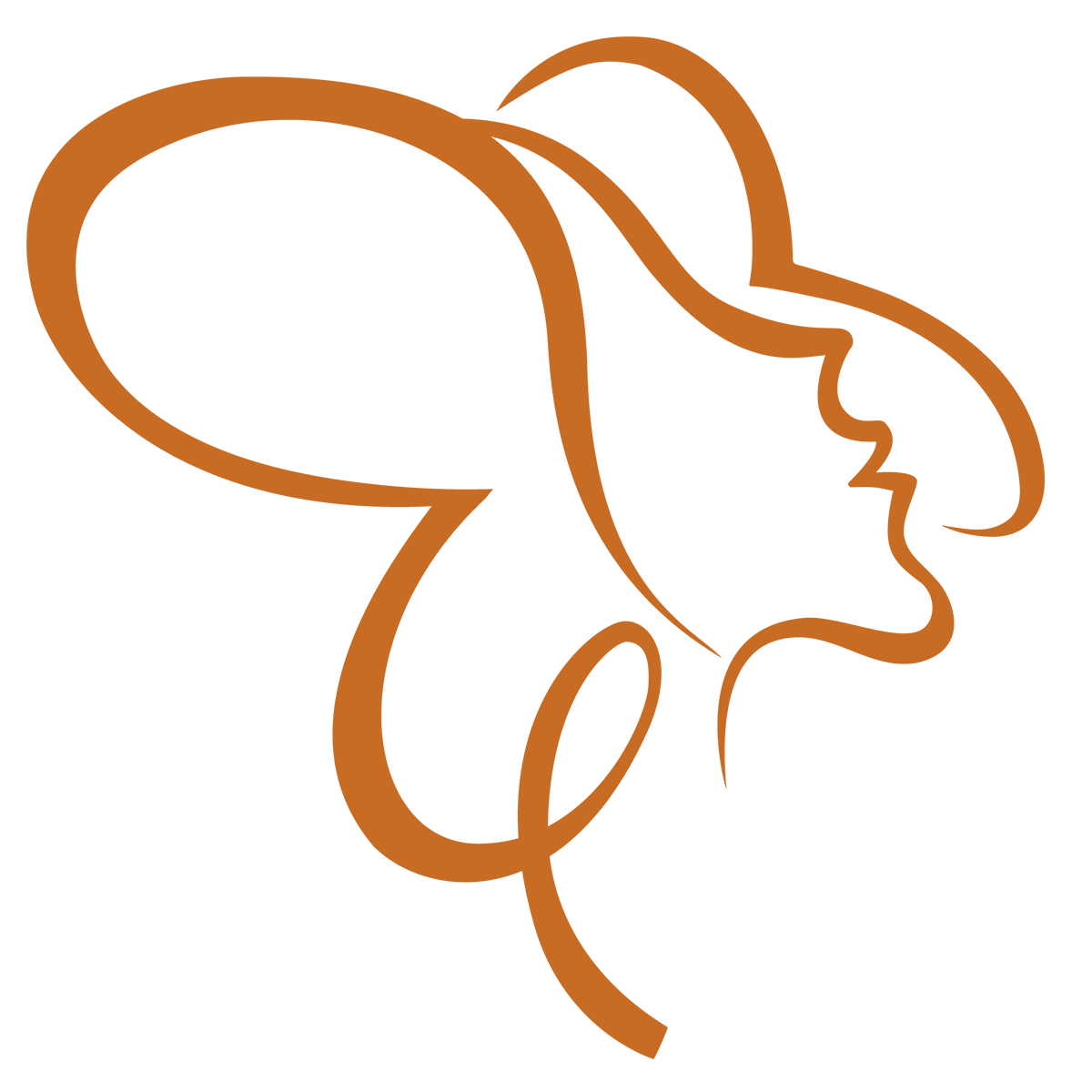What is curly hair: What are the types of curly hair?
Curly hair is not limited to just one kind of curl—it comes in various types. Whether you’re trying to understand your natural curl pattern or identify the curl type of a wig, this blog will help you dive deep into the different curly hair types. At the very least, it will help you recognize your curl pattern, so you’ll know where to start when purchasing the best curly hair products.

What is curly hair?
Curls are hair that has a curly or curled shape, and the type of curl is determined by genes, depending on the degree and shape of the bend.Curls can range from tiny waves to tight spirals, showing rich contours and unique beauty.
Curly hair types
Curly hair types are broadly categorized by curl pattern, density, porosity, and texture. These types are often labeled using numbers: Type 1, Type 2, Type 3, and Type 4. The higher the number, the tighter the curl pattern.
Type 2 (Wavy Hair)

Hair that bends into loose S-shaped waves close to the scalp is likely wavy. This hair type has a smaller curl diameter than Type 3 and Type 4 hair and is less tightly coiled.
-
2A Type:
Hair is very easy to straighten with minimal curl. The S-shape often disappears when wet. Strands are fine with weak waves, and the roots lack volume.
Styling Tip: Use lightweight styling products like sprays or mousse. -
2B Type:
Waves are tighter than 2A, with an evident S-shape starting from the midsection. Hair texture is firmer, falling in the medium range of density.
Styling Tip: Use lightweight styling creams or leave-in conditioners to reduce frizz. -
2C Type:
This is the most textured among wavy types. Waves are thick and lean toward curls, with well-defined S-shaped bends that almost appear curly. Usually coarse.
Styling Tip: Use heavier styling products, like hair oils, to enhance curls and combat frizz.
Type 3 (Curly Hair)

Type 3 hair forms visible curls, ranging from loose, large S-shaped curls to tight, springy ringlets or shiny spirals.
-
3A Type:
Hair forms soft, loose “corkscrew” curls with a large diameter. The texture is smooth and bouncy, but the ends may appear dry or frizzy.
Styling Tip: Use moisturizing curl creams or mousses to enhance curl elasticity. -
3B Type:
Curls are tighter and more defined than 3A but less tight than 3C. Hair is denser and typically coarse.
Styling Tip: Apply deep moisturizers and anti-frizz products to shape curls. -
3C Type:
The tightest curls in this category, forming small, dense, spiral-shaped curls with lots of elasticity. Thick and springy, 3C curls are very popular.
Styling Tip: Use heavy-duty moisturizers like hair masks and nourishing oils to maintain hydration and elasticity.
Type 4 (Coily Hair)

Type 4 hair is the most tightly coiled, forming Z-shaped patterns or curls. It is the most textured among all hair types and often looks shorter due to shrinkage.
-
4A Type:
Features the loosest coils in this type, forming small, “S-shaped” loops. The texture is soft with good elasticity.
Styling Tip: Use nourishing curl creams and styling creams to retain moisture. -
4B Type:
Coils take on a Z-shaped pattern instead of S-shaped, resembling tight kinks rather than curls. The roots may be less defined compared to the ends.
Styling Tip: Apply heavy oils and hair masks to prevent breakage. -
4C Type:
This hair type is the most densely coiled, featuring fine, tightly packed, zigzag patterns. It is coarse and firm but can also feel soft. Shrinkage is significant.
Styling Tip: Focus on hydration with moisturizers and sealing oils, along with protective braiding.
Key Differences: A, B, and C Subtypes
- A: Loose curls, naturally fall straighter, suitable for lightweight products.
- B: Medium-tight curls, requiring moderate moisture and styling products.
- C: Tightly coiled, demanding intense hydration and nourishment to combat dryness and frizz.
Curly Hair in Wigs
-
Wavy Wigs (Type 2):
Designed to mimic natural, smooth waves, these wigs are light and easy to style, ideal for casual daily looks. -
Curly Wigs (Type 3):
Characterized by spiral or corkscrew curls, these wigs add volume and personality, suitable for elegant or bold styles. -
Coily Wigs (Type 4):
Dense, springy curls that create a voluminous, dramatic effect. These wigs are ideal for making a statement or enhancing texture.
These are all the types of curly hair. Now, you’ve gained a better understanding of your curly hair type and the curl patterns of wigs.
Whether you have completely unique hair features or are exploring wig options, understanding these types not only helps you manage your natural hair more effectively but also assists in selecting the perfect wig that complements your individual personality.
Whether you naturally have curly hair or are in the process of buying a wig, we hope this article has helped you better understand your unique hair characteristics. Knowing your curl type not only guides you in styling your hair but also serves as inspiration for creating looks that reflect your style and personality.





















































